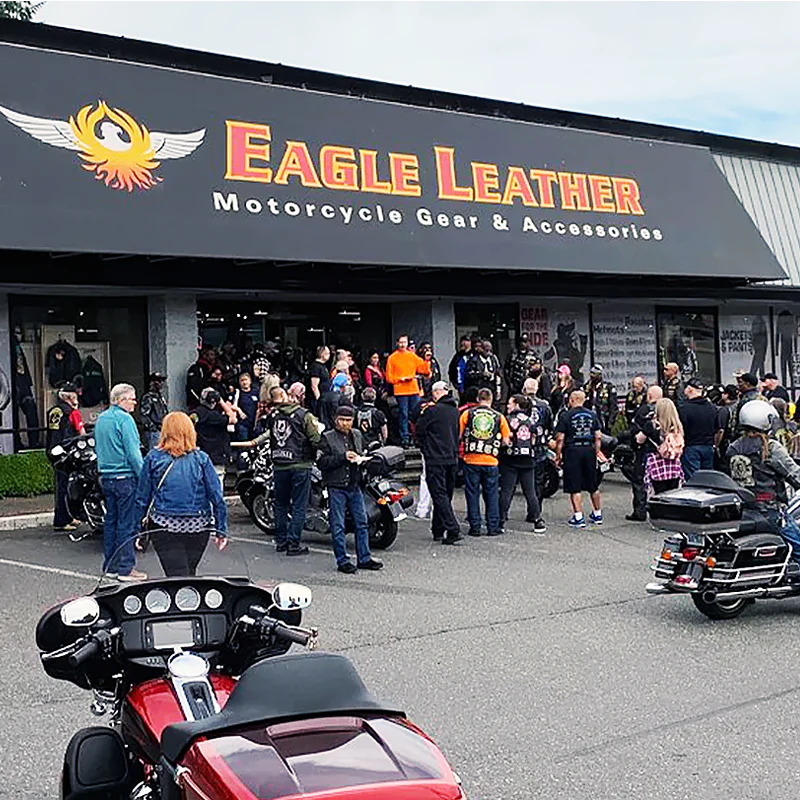Featured collection
Made for Riders, with your feedback.


“You don’t need motorcycle insurance to ride a motorcycle in Washington State.” How many times have you heard that? While this may have been true in the past on July 28, 2019 that changed.
There are five kinds of insurance you should consider: liability, collision, comprehensive, uninsured and under-insured motorist, and personal injury protection. We can’t give advice about what insurance to buy, but we can explain these five basic types of coverage. If you have more questions, ask a licensed insurance agent.
Liability insurance covers damage you cause in an accident. It doesn’t cover damage to you or to your vehicle. When you buy liability insurance you choose the upper limits that the policy will cover. If you are sued, you will be responsible for any damages over those amounts. Typically, you’ll choose an upper limit for property damage, an upper limit that will apply to each person you injure, and an upper limit the insurance company can pay for one accident (including property damage and injuries to all the people involved—except you).
Collision coverage pays for damage to your motorcycle in a covered accident. Typically it has a deductible amount that you’ll pay for and an upper limit as well. If you have a loan against your motorcycle, the lender will, in all probability, require you to carry collision insurance. Once your ride is paid for, and is not worth much anymore, you may not need collision insurance. Ask your agent about gap coverage, which pays any difference between the insurance company’s payment for a totaled vehicle and the amount of the loan against it. This is especially important if you have negative equity. Negative equity is when you owe more than the bike is valued at. If you owe less than the bike is valued at, gap insurance may not necessary.
Comprehensive coverage is similar to collision coverage, but it handles damages not caused by an accident, including theft, hail damage, hitting a deer, and so on. This is another insurance the bank or other lender will usually require.
Uninsured/Underinsured Motorist Protection covers your damages when you are not at fault in an accident, but the person who caused it doesn’t have insurance at all, or has insurance whose upper limits don’t cover all your damages.
Personal Injury Protection (PIP) covers injuries to you and your passengers as long as the insurance company finds the charges to be reasonable, necessary, related to the accident, and incurred within three years of the accident. It excludes intentional injuries and injuries incurred while racing or committing a felony. Further, a PIP has limits. In Washington State, it covers up to $10,000 per person in medical expenses, up to $2,000 for funerals, up to $200 per week for up to a year as income replacement if a person has been disabled for a full two weeks after the accident and with a total upper limit of $10,000, and up to $200 per week with an upper limit of $5000 to pay non-family members to do the work you can’t do because of the accident. You can increase those limits if you pay higher premiums.
We hope this is just a nibble at the topic of insurance. If you have questions, ask your insurance agent.
Reference: Office of the Insurance Commissioner, Washington State. https://www.insurance.wa.gov/washington-states-mandatory-automotorcycle-insurance-law
Did we miss anything? Do you have any suggestions? Comment below.
Made for Riders, with your feedback.

When it comes to staying safe on the road, your gloves are more than just an accessory—they’re essential. Good gloves protect your hands, provide a...

Join the Eagle Leather Crew & Save 15%! Enter your email for an instant code on regular-priced gear—gear up and ride on.